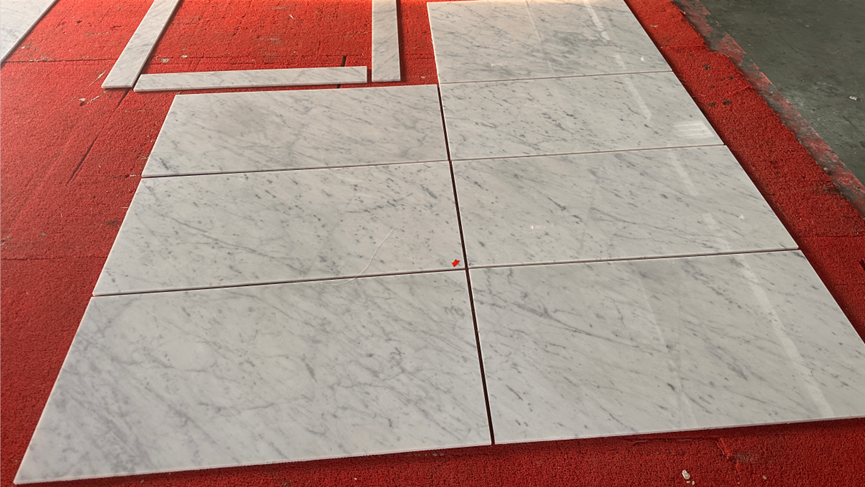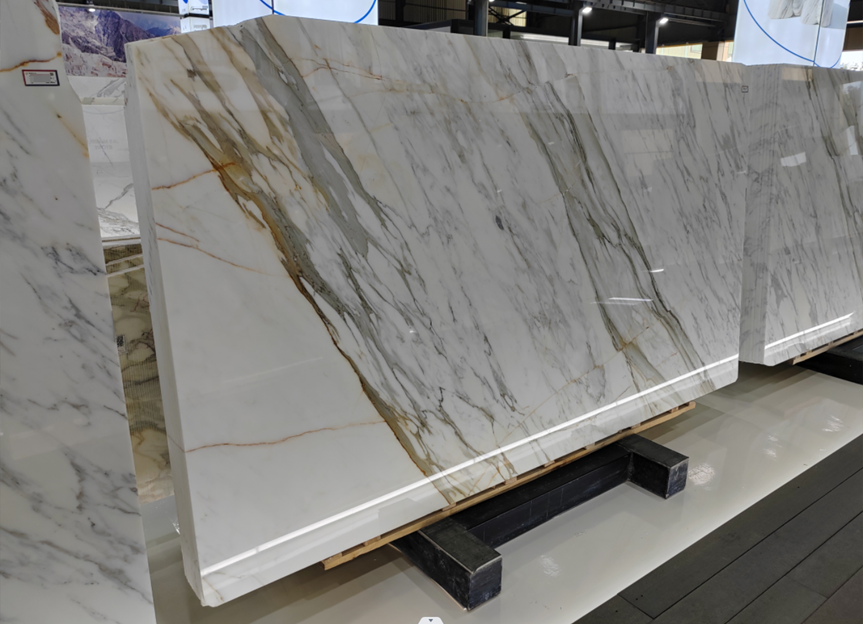How to choose marble for your project(5 useful tips)
Are you designing your project? Planning a remodel? You can’t go wrong with marble. This resilient material is commonly used for countertops, flooring, fireplaces, wall coverings, and more. It’s beautiful, durable, and versatile, and can be used in traditional and modern settings. And no matter the color, it adds character and texture that other materials can’t match. But how do you choose the perfect type of marble for your project? Here are some things to keep in mind.
5 Tips for Buying Marble for Your Next Project
With so many marbles to choose from, how do you know which one is right for your project? Read on to find out.
1. Consider its originality
Beware of fakes. Marble is popular, so counterfeit marble is common. For example, a seller might try to pass off a white stone from any country as high-priced Calacatta marble mined from Italy's Carrara Mountains. That's why it's important for buyers to do their homework. More than half of the world's marble comes from four countries—Spain, China, India, and Italy—but domestic varieties are also available.

1. Check the type of marble
Marble slabs come in a variety of surface patterns and color options, ensuring that there is a suitable marble slab for every interior decoration. The contrasting lines running through the surface of the slab are called veins. This veining can be subtle and almost invisible, or obvious and heavy. Although there are many types of marble, they can be divided into three categories, each of which can be identified by appearance.
● Breccia
Breccia is a great choice when designer want the warmth and color of marble countertops, wall cladding, or flooring. This style comes in a variety of shades, including tan, red, dark brown, and gold. The slabs often have black or gray veins that appear in gorgeous swirls. Sometimes they include circular outlines that resemble bubbles that appear to be trapped beneath the surface.
● Carrara
This popular white marble was used by the Romans and Greeks centuries ago for elaborate statues and massive columns. In recent years, this style of marble has become increasingly popular in the flooring industry. Its limited range of tones ranges from warm tones to pale white with light veining.
● Calacatta
This white marble is similar to Carrara marble, but is purer white in color and has darker veining for a contrasting look.

1. Consider its physical properties
Before picking a marble slab, make sure the surface is free of stains and cracks. Also be careful of artificially colored products offered by marble suppliers, as these often begin to fade soon after installation. Also, be sure to choose slabs of the same size and thickness to ensure that the surface looks uniform after installation. The best way to get high-quality slabs that have been tested and proven in use is to buy marble from an ISO-certified supplier.
2. Be careful when choosing colors
The color you choose should match the rest of your interior. Marble is available in a variety of colors, including pink, black, white, brown, orange, red, gray, green, and gold. In addition, its grain pattern usually complements the overall design of the slab. If you are looking for a marble countertop for your kitchen or bathroom, it is best to choose a similar tone to the existing floors and walls. However, since marble is a natural stone, you should be prepared to purchase a product with grain irregularities and color variations.
3. Choose its finish
Marble slabs can be finished with a high gloss or matte look. The finish is usually determined by the installation location.
● Polished
High-gloss polish is the most popular finish on marble. It is achieved by grinding the surface with a stone polisher. This method creates a lustrous look and highlights the veins, making them stand out against the background. With proper care, a polished surface can retain its finish for years.
● Honed
For a honed finish, the marble is lightly buffed to create a smooth, flat surface. This finish offers a soft, matte finish that is more earthy than its shiny counterpart. Marble can be used in a variety of project applications, adding a unique aesthetic wherever it is installed—as long as the designerr considers a few things. Follow these guidelines when shopping for marble to make an informed purchase. Alternatively, contact a marble slab supplier to help you choose the right product.








